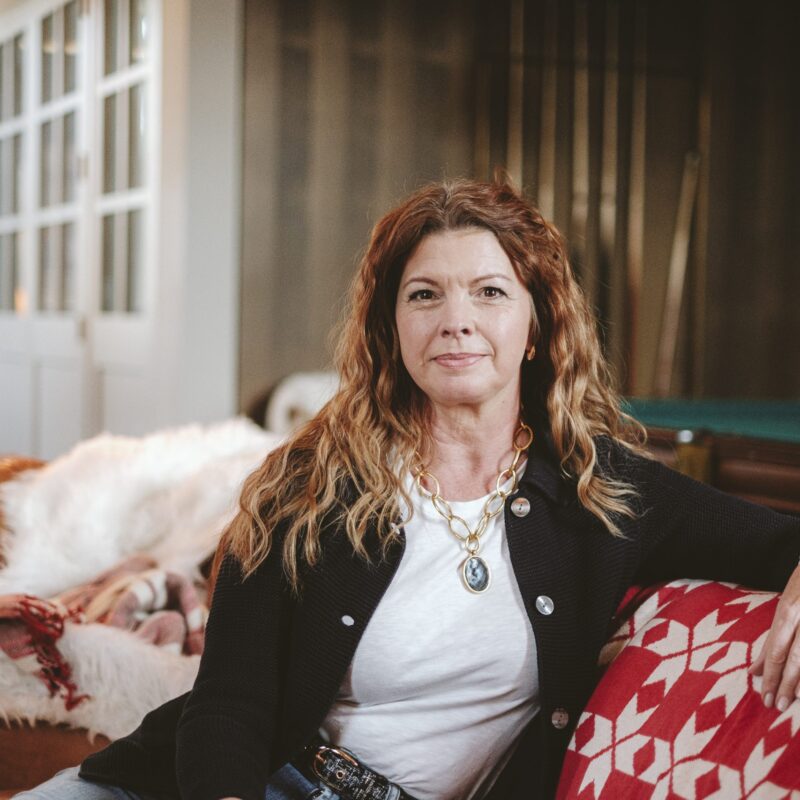One of the biggest indicators that you may be dealing with a dangerous wine freak is the extent to which he pays attention to wine glasses. If at public events he insists on switching to the “right” glass whenever a different wine is poured, beware. If he brought those glasses with him from home, run far away. People like that threaten to suck the joy out of wine by making all of the things that shouldn’t matter, like expensive equipment, matter way too much. And worst of all they’re dead wrong, because wine won’t taste any better out of glasses made of solidified orphan tears than it will from a coffee cup. And believe me, I know. I am one of those horrible people.
"Wine won’t taste any better out of glasses made of solidified orphan tears than it will from a coffee cup." |
In my kitchen there are precisely four plates and two dinner knives. I do not own placemats. I do, however, have 34 wine glasses and two decanters. No, wait. I forgot the four wine glasses down in my basement. So that’s 38. But that’s not all, because those 38 glasses are divided into ten different types of glasses, meaning specifically designed for drinking different wines. I have glasses for Burgundy and glasses for Bordeaux. I have glasses made for drinking Sauvignon Blanc, ones for Amarone and for Riesling. Worst of all, I own the Riedel Ultra Decanter, which costs in excess of $200. This is an item designed to hold the wine until you are ready to pour it out. Isn’t that what the bottle is for?
Four years ago Daniel Zwerdling, of NPR fame, wrote an article in Gourmet Magazine debunking the whole wine glass myth, specifically the claims of the high priest of wine glassology, Mr. Georg Riedel. Riedel glasses are supposedly designed to make wine taste better by directing it to the proper place on your tongue according to a faux-scientific “tongue map.” Hence the need for close to a hundred different glasses in the Riedel catalogue, each with a shape so specific that there isn’t just a glass for Bordeaux, there’s also one for Grand Cru Bordeaux and for Mature Bordeaux. All of this scientific specificity doesn’t come cheap. Top-end Riedel glasses can cost as much as $100 each. A “Sommelier Black Tie Water Tumbler” is $68. The Riedel bargain line is around $10 a glass. As someone who has broken three of his precious Riedels, I’m starting to think it may not be worth it.
 |
According to the Gourmet article, there isn’t a single scientific study to back up the claim that the shape of the glass has any effect on how the wine smells or tastes. So how do you explain the millions of happy customers, including many famous wine critics? Placebo effect! (Or, in the case of the critics, endorsement money!) It seems that, as with so many other things, we fool ourselves into believing that a Spanish Tempranillo drunk out of any glass but the Riedel Tempranillo Glass would taste like excrement.
But I have to admit that I’m O.K. with the deception. I like my wine glasses. Not because I ever thought they made the wine taste better. I enjoy the ceremony. Like potheads with elaborate glass bongs, or dog owners with a wardrobe of canine sweaters. In other words, the things we choose to gild are evidence of what we value the most. I own 38 wine glasses. I do not own a broom. I’ll let you draw your own conclusions.





